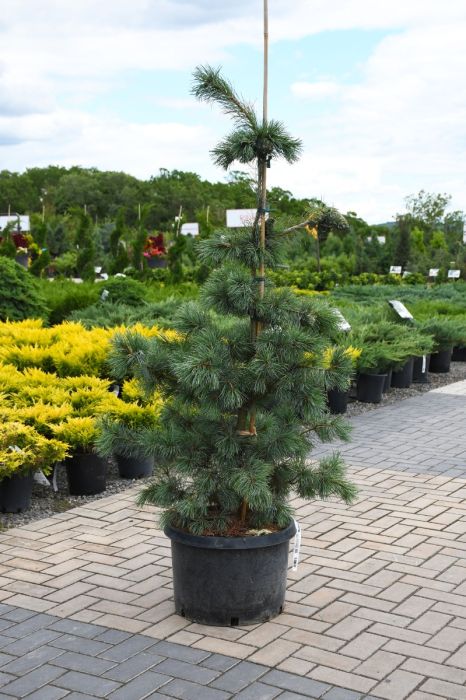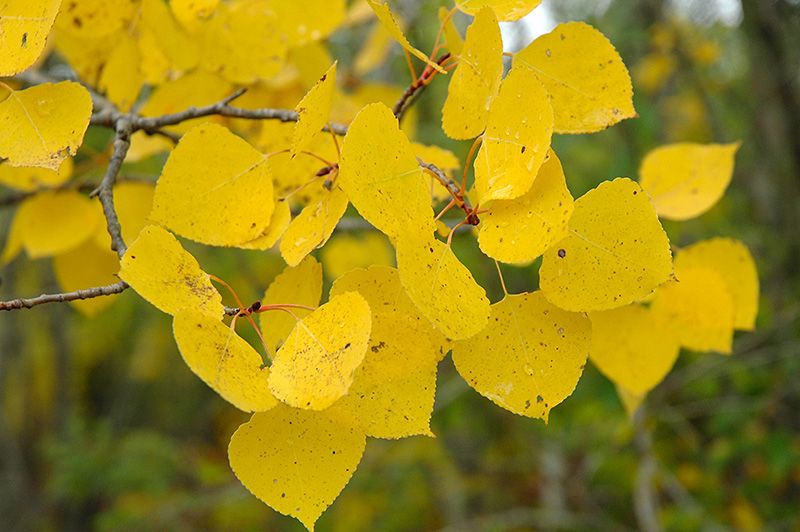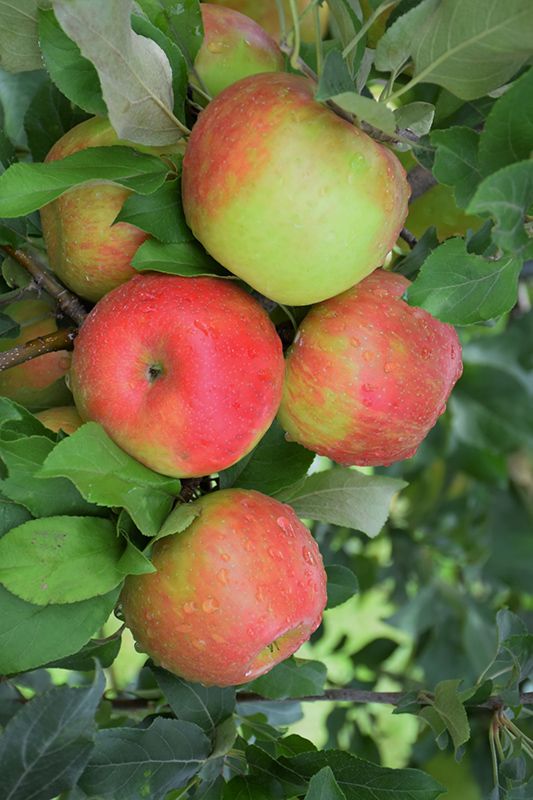Pinus, Japanese White Pine 'Glauca'


- Sun Preference
- Full-Sun
Description
A majestic and artistic evergreen specimen tree when mature, with broadly spreading branches and attractive bluish-green needles, color is more developed than in the species; quite compact in size, excellent choice for smaller home landscape use
Minnesota's Largest Selection of Trees
At Minnesota's Destination Garden Center, we offer a diverse range of trees to suit any landscaping need. Whether you're looking for shade trees to cool your home or ornamental trees to add beauty and interest, you'll find the perfect tree at Gertens. Our knowledgeable staff can help you select the right tree for your space and provide tips for care and maintenance. Visit Gertens today and explore the unmatched variety of trees to enhance your outdoor environment!
Details
Height: 50 feet
Spread: 40 feet
Sunlight: ![]()
Hardiness Zone: 4a
Description:
A majestic and artistic evergreen specimen tree when mature, with broadly spreading branches and attractive bluish-green needles, color is more developed than in the species; quite compact in size, excellent choice for smaller home landscape use
Ornamental Features
Blue Japanese White Pine has attractive bluish-green foliage. The needles are highly ornamental and remain bluish-green throughout the winter. Neither the flowers nor the fruit are ornamentally significant.
Landscape Attributes
Blue Japanese White Pine is a dense evergreen tree with a strong central leader and a more or less rounded form. Its relatively fine texture sets it apart from other landscape plants with less refined foliage.
This is a high maintenance tree that will require regular care and upkeep. When pruning is necessary, it is recommended to only trim back the new growth of the current season, other than to remove any dieback. It has no significant negative characteristics.
Blue Japanese White Pine is recommended for the following landscape applications;
- Accent
- Shade
Planting & Growing
Blue Japanese White Pine will grow to be about 50 feet tall at maturity, with a spread of 40 feet. It has a low canopy with a typical clearance of 5 feet from the ground, and should not be planted underneath power lines. It grows at a slow rate, and under ideal conditions can be expected to live to a ripe old age of 100 years or more; think of this as a heritage tree for future generations!
This tree should only be grown in full sunlight. It prefers dry to average moisture levels with very well-drained soil, and will often die in standing water. It is not particular as to soil type or pH, and is able to handle environmental salt. It is somewhat tolerant of urban pollution. This is a selected variety of a species not originally from North America.
| SKU | Container Size |
| E2429 | #10 Container (10 Gallon) |
* Not all container sizes may be available at this time. See store for details on specific container size availability.
More Information
| Tree Type | Evergreen |
|---|---|
| Sun Preference | Full-Sun |
| Mature Height (Range) | 25 - 50 feet |
| USDA Hardiness Zone | 4, 5, 6, 7, 8 |
| Common Family Name | Pine |






